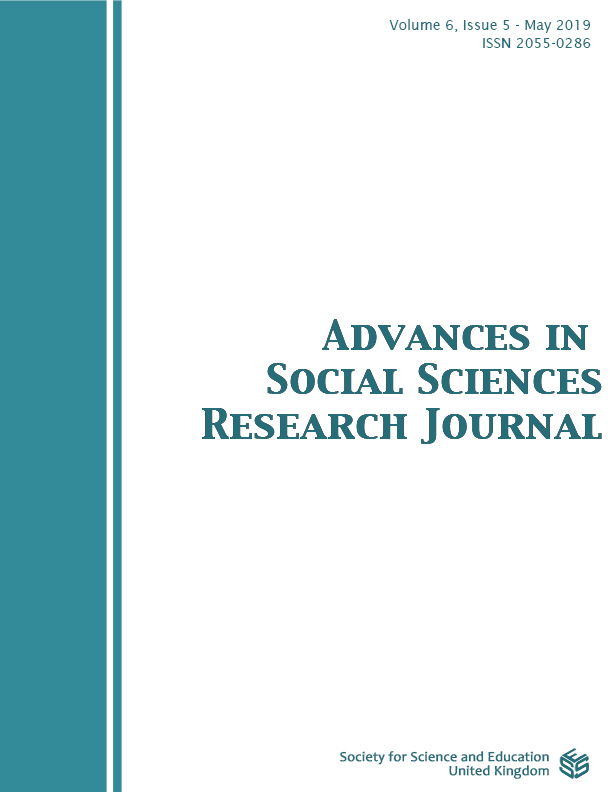Vocabulary Journaling To Improve Reading Comprehension
DOI:
https://doi.org/10.14738/assrj.65.6573Abstract
Although the importance of vocabulary in language input (listening and reading) and output (speaking and writing) has long been established, time constraints and exam-oriented instruction in the Malaysian secondary school classrooms force teachers to prioritize content breadth rather than depth. In 2017, the Malaysian Ministry of Education implemented nationwide the new Standard Based Curriculum for Secondary Schools (KSSM). The integration of the Vocabulary Journal in the new textbook demonstrates the importance of vocabulary in language learning. This paper aims to present and share the findings of an action research study with a selected class of Form One students (13 year olds) engaged in vocabulary journaling to determine its effectiveness in enhancing vocabulary knowledge as well as reading comprehension. Vocabulary journals are also known as personalised dictionaries for learners of English as a Second Language (ESL) which allows them the freedom to include any information they deem relevant to the target words. To ease the process of deciding which information to be included, the vocabulary journaling used Frayer’s (1969) Vocabulary Four Square Model. This paper will share the findings from the study on enlisting the vocabulary journal approach to enhance the learners’ vocabulary range, thereby leading to improved reading comprehension.
Downloads
Published
How to Cite
Issue
Section
License
Authors wishing to include figures, tables, or text passages that have already been published elsewhere are required to obtain permission from the copyright owner(s) for both the print and online format and to include evidence that such permission has been granted when submitting their papers. Any material received without such evidence will be assumed to originate from the authors.






